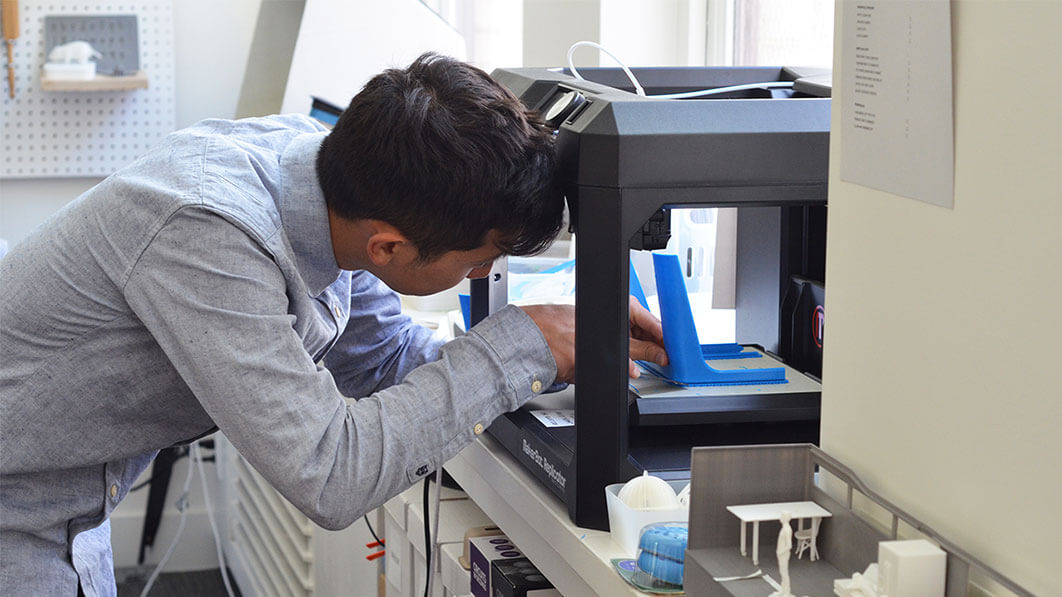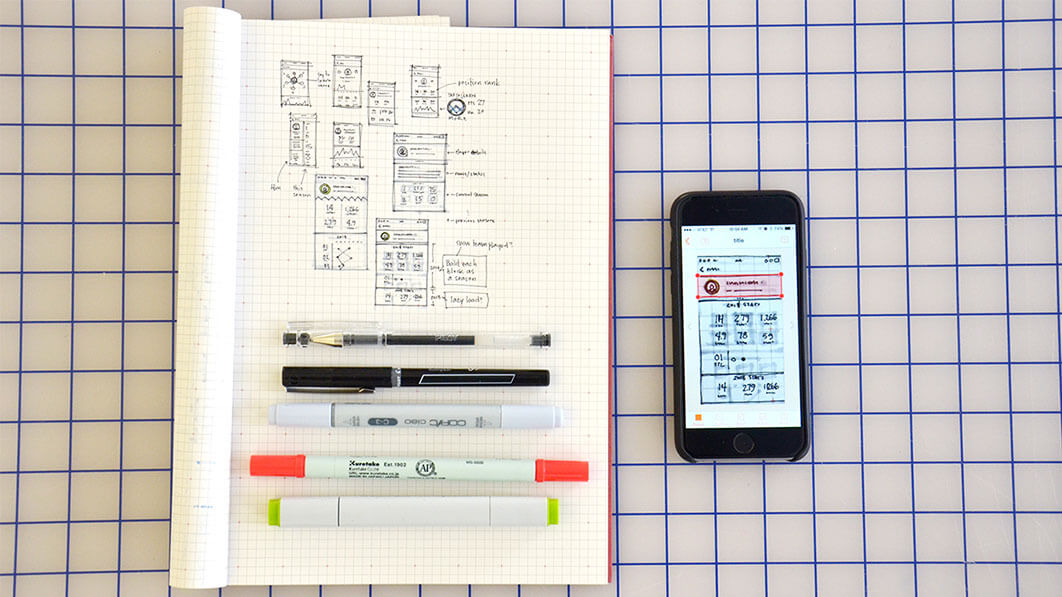Why Failing Half the Time Makes Your Project Stronger
Experimentation is critical to the success of any initiative trying to do something new. Improve your own projects by embracing the possibility of failure as you seek to learn.

February 15, 2016
You run small experiments all the time in everyday life.
You try on clothes to see how they look and if they fit. You paint a small part of a wall with a sample color to see if it works in your room. You’ll date someone a number of times to better understand whether you’d like to spend more time with them.
In each example, you wouldn’t expect things to work out every time. And when it doesn’t work out, you try something else. You continue forward in spite of the failure.
And in each case you learn something from the so-called failure. Low-waist jeans don’t sit right on your hips. The red that looked so good under the lights at Home Depot looks brown in your den. Guys with too many sports interests no longer interest you!
Running small experiments is so helpful and natural in everyday life.
Why don’t we approach our work in the same way?
In the world of school and work, being right and knowing how to do something is expected and rewarded.
Not knowing? Not being able to do something? Uh, I don’t think you have what it takes.
This achievement mindset creates a culture that avoids failure. We feel vulnerable or fear embarrassment. If you don’t know how to do something, you are unlikely to pursue it.
Organizations rarely cultivate a culture of experimentation and learning.
Experimentation can also be seen as expensive, time-consuming, and unfocused. It is hard to justify the resources when you could simply pursue an initiative with more certainty.
But organizations do test ideas. However, it is usually very late in the process. the idea being that you’ve had the time to perfect the new product or service and it’s ready to launch.
But it’s never perfect, right?
At this point, failure is a surprise rather than learning! Its a crisis. It’s too late to change course. It is too late to start over. A poor offering is launched anyway. Now, iteration is expensive, time-pressured, and limited.

Testing and shaping your offering for success
Testing and shaping is the principle you need to reduce the risks of doing something new. You and your team needs to learn to experiment early, often and throughout the development process. You’ll learn to use what you learn to work through problems, improve your idea and strengthen its execution.
Just like you do in real life.
Here are a couple of examples of companies running low-cost experiments to learn. Use them to inspire your own experiments.
Dropbox, created by Drew Houston, was one the first easy to use cloud-based file storage solutions. Do you remember what people initially thought of cloud storage? Why would you need that? Isn’t it slow? I would never let someone else store my files. It’s too complicated.
There was a lot of uncertainty as they pursued their new solution. In fact, Drew was having a hard time raising venture capital because he couldn’t demo the product until it was built. They needed financing to overcome the technical challenges in what he envisioned.
Frustrated, he created a 3-minute video to show what the experience would be like. He put the video on a web page and asked the technical community to go check it out. Within a day, their beta sign up list went from 5000 people to 75,000.
He learned quickly that if they could develop the product as it worked in his video, it would have very high trial rates. He secured his venture capital.
Rent-the-Runway is an online dress rental service. They did not want to invest a lot of time and resources in their idea if women would never rent a dress online. And since it was a new service, they didn’t even know what questions women would have or what challenges they would encounter delivering the service.
Their first experiment was to recruit women to a location where they could look at the dresses but not try them on before renting. This experiment taught them so much about selection, sizing, and the initial experience women have in renting a dress!
Next, they did away with the actual dresses and had women select dresses from pages printed on an inkjet to mimic how they would appear on a web page. With this simple iteration, they learned the new questions women would have when selecting a dress online through pictures and descriptions only.
In both these examples, the tests provided information critical to the understanding and belief in the innovative new ideas.

Keys to Testing and Shaping successfully
Running experiments as you develop your project is a new behavior.
Test and Shape is about running targeted, lightweight tests early and often so you are more productive with your time and build confidence about the idea and its execution.
Focus your experiment, test it creatively
Don’t try to build the whole idea and test it all at once. Be very focused about what you want to learn from the experiment, and keep the production level as low as possible to learn it.
If you were trying to understand what portion size is best for a new snack product, you could use pieces of clay or foam to represent different sizes. You don’t have to actually make the snack in order to test portion sizes!
Start early, experiment often
Early on, experiments can be very informal and a natural part of your workflow. Share your idea in paper form with a co-worker. Before explaining too much let them try the idea. Ask you questions. Have them say more about their question.
As development moves along, your tests will include higher fidelity, more extensive prototypes. Eventually, you could try a Micro Pilots [http://www.gravitytank.com/blog/micro_pilot_dmi_review] in the real world.
Regardless of the size of the test, the key is to Test and Shape your idea continuously over time.
Be more productive with your time
Build confidence about the idea and its execution
An idea described is very different from an idea executed. When you describe an idea, everyone who hears it will imagine something different. But you will all think you’re talking about the same thing.
An idea executed is ONE version of the idea. While people may or may not like the idea, at least you’re all referring to the same, tangible thing.
By testing and shaping you get feedback on both the idea and the execution. It helps you understand what resonates with people about the idea and whether the execution of the idea works for them.
Make testing and shaping your work a priority. Only through experimentation and the learning that comes with it will you consistently and confidently launch great solutions for your customers.





